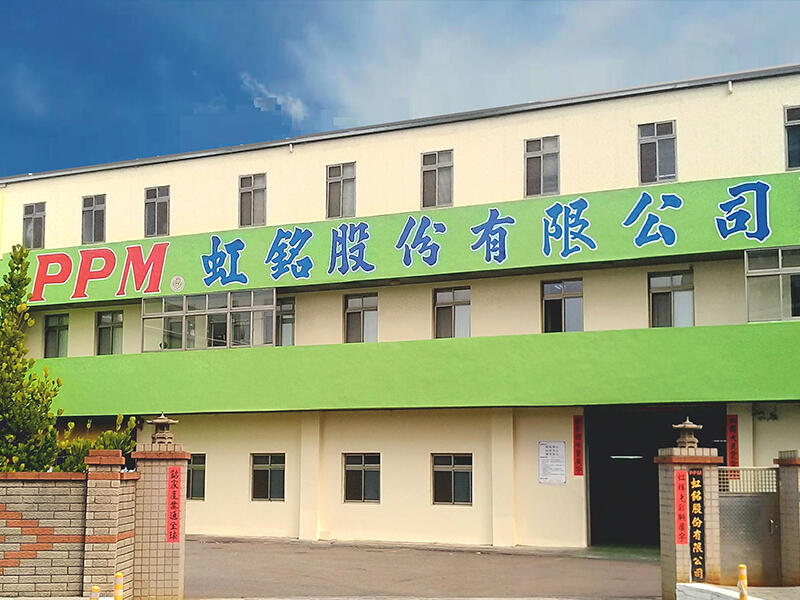Why Choose Sintered Bushings – Advantages and Applications
Why Choose Sintered Bushings – Advantages and Applications
Contents

Sintered bushings, despite their seemingly simple design, are the unsung heroes of industrial machinery, quietly working behind the scenes to ensure smooth operation and longevity. These components are essential elements that safeguard against tool wear, elevate operational efficiency, and dampen the disruptive effects of vibration and noise.
As we embark on this exploration of sintered bushings, we will uncover the intricate mechanisms behind their creation and delve into their diverse applications across various industries. Join us on this journey as we unravel the fascinating world of sintered bushings and discover why they are indispensable in modern engineering.
What are Sintered Bushings?
Sintered bushings, also known as “sintered plain bearings” or “sintered sleeve bearings,” are a subset of sintered bearings distinguished by their simpler design featuring a single layer and often adopting sleeve shapes.
Their primary function, like most bearings, is to minimize friction between sliding surfaces. This is achieved by releasing lubricating oil stored within the porous structure of oil-impregnated bushings when subjected to the heat generated during high-speed machine operation, creating a lubricating wedge that effectively separates the bearing from the contact surface.
By reducing friction, sintered bushings facilitate smoother movement of components, thereby decreasing tool wear, vibration, and noise levels. Unlike bearings primarily engineered for rotational functions, bushings are versatile and find utility not only in rotating components but also in sliding and pivoting mechanisms.
Metals Used in Sintered Bushing Manufacturing
Copper and its alloys are widely favored in the manufacturing of sintered bushings and other sintered metal bearings due to their exceptional properties, including high electrical and thermal conductivities, ductility, and resistance to corrosion.
At Rainbow Ming, we mainly use bronze, copper iron alloys, and iron copper carbon alloys to produce sintered bushings. The specifications of the alloys are as follows:
Bronze:
CT-1000 / SINT A50 / SINT B50 / SAE 841 / SBK 1218
Copper Iron / Iron Copper Carbon alloys :
SINT B10 / FC-0200 / SBF2118
SINT B11 / FC-0205 / SBF4118
FC-2008 / SBF2218
How is Sintered Bushings Made?
Sintered part manufacturing typically involves two major procedures: compacting and sintering. Oil-impregnated bushings, a common type of sintered bushing, require an additional step known as oil impregnation. Let’s delve into the step-by-step process of crafting bronze bushings and other copper alloy-based bushings.
Compacting
Copper alloy powders are fed into a die set to achieve the desired bushing shape. The powders are then compressed to lightly join the metal particles. At this stage, the pre-sintered parts are considered ‘green’ parts since they do not yet possess the required strength and density.
Sintering
This process is crucial for achieving sufficient and successful oil impregnation. By applying heat just below the melting point of the main material, sintering permanently bonds the individual metal particles compacted together during the compacting stage.
Simultaneously, sintering reduces the porosity of the sintered parts. The size of the pores can be controlled during the process and should be maintained at about 25%, allowing for the filling of lubricant oil.
Oil Impregnating
After tumbling and sizing according to the drawings of bushings provided by our clients, the sintered parts are then impregnated with lubricant oil under vacuum. The oil will remain in the pores at room temperature and escape from the pores when the bushings are heated up.
▲Sizing Equipment
What are the Advantages of Sintered Bushings?
Since copper and copper alloys are the most common materials used for manufacturing sintered bushings, this section focuses specifically on the advantages of bronze and other copper-alloyed-based bushings.
Noise Reduction
As a type of self-lubricating bearing, oil-impregnated bushings release oil to the bearing, effectively reducing noise generated during machine operation and creating a more pleasant working environment for workers.
Wear and Corrosion Resistance
Bronze bushings and other copper-alloy-based bushings offer excellent strength and hardness, making them suitable for applications exposed to challenging environments. They can withstand high temperatures, abrasion, and corrosion.
Little Maintenance Requirement
Copper alloys are known for their rigidity and strength, allowing sintered bushings to retain their form and durability even after prolonged usage. This reduces the need for frequent maintenance.
Friction Reduction
By forming a lubricant oil firm that separates two colliding surfaces, sintered bushings effectively reduce friction, extending the lifespan of machinery and components.
High-Speed Operation Capability
Copper-alloy-based bushings can tolerate high-velocity loads better than many alternatives, making them ideal for applications involving rapid sliding or rotating movements.
Applications of Sintered Bushings
Home Electronics
Sintered bushings, especially those made from PM copper alloy, excel in home electronics due to their superior thermal and electrical conductivity. They’re crucial for efficient heat dissipation and reliable electrical connections in various electronic devices, ensuring optimal performance and longevity.
Automotive Industry
Sintered bushings play a vital role in automobiles, offering resilience to high temperatures and speeds. They provide stability and support in engine components, suspension systems, and other critical areas, contributing to enhanced vehicle performance and durability.
Industrial Machinery
Widely used across industrial machinery, sintered bushings offer versatility and durability. From electric motors to printing equipment, agricultural machinery, and conveyors, they reduce friction, minimize vibration, and withstand heavy loads, optimizing equipment performance and efficiency.
Cultivate Efficiency and Quality: Integrate Sintered Bushings into Your Machinery and Products!
Sintered bushings can be effectively applied to both the machines within the production line and the products themselves. When integrated into the production line, sintered bushings improve working environments, save energy and boost efficiency, thereby reducing production costs.
Similarly, when incorporated into products, sintered bushings enhance product quality and increase durability. We strongly encourage the adoption of sintered bushings in your production processes and products.
Here at Rainbow Ming, we are dedicated to continuous exploration and refinement to produce sintered bushings of the highest quality. Feel free to reach out to us for further information on how sintered bushings can be tailored to suit your business needs!

